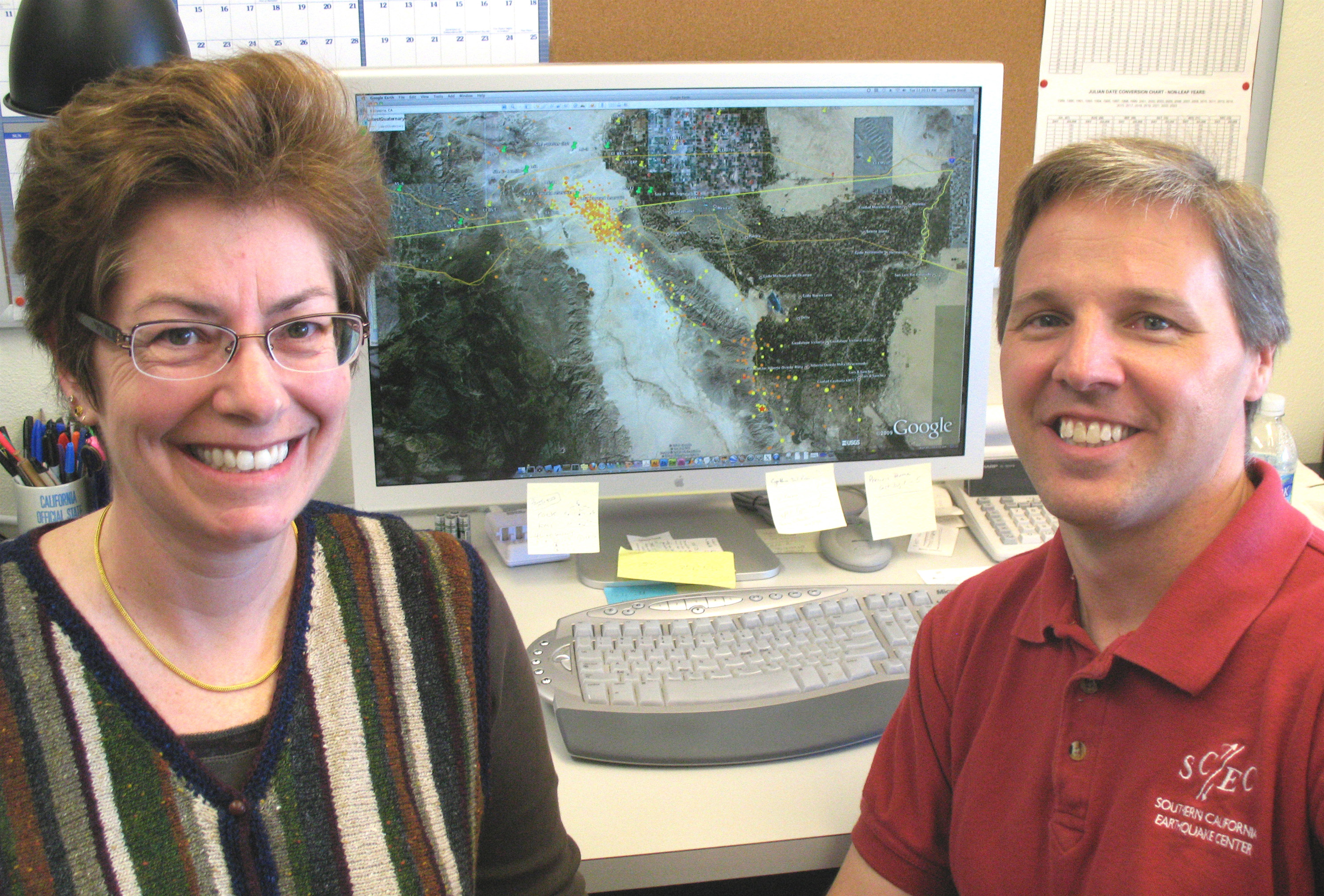
The major earthquake that occurred in Baja California on Easter Sunday, April 4th, at 3:40 p.m. Pacific Time, is of great interest to UC Santa Barbara seismologists, who are busy collecting information from a nearby research station. The earthquake was the largest in the Southern California region since 1992.
It is estimated that two lives were lost in the magnitude 7.2 earthquake, and an unknown number of people were injured. However, the losses are small in comparison to the recent 7.0 earthquake in Haiti, which occurred in a heavily populated area. Sunday's earthquake was also of greater magnitude than the 6.7 Northridge quake in 1994.
Scientists at UCSB will supply the information they are gathering to engineers, for use in earthquake planning of buildings and city infrastructures.
The Easter quake occurred near one of several research stations used for gathering earthquake data. The site is called the Wildlife Liquefaction Array and is run as part of the George E. Brown Jr. Network for Earthquake Engineering Simulation (NEES) program of the National Science Foundation, through the Institute for Crustal Studies at UCSB.
"This is a great data set that will validate all the effort that has been put into these arrays," said Ralph Archuleta, chair of UCSB's Earth Science Department.
The Wildlife site is in an area susceptible to liquefaction, which occurs when the saturated layer of sand below the surface "liquefies" during the strong shaking of an earthquake.
In order to monitor the process of liquefaction, the Wildlife site has several instruments that record variations in the pressure of the groundwater located in these saturated layers.
Jamison Steidl, a UCSB seismologist and principal investigator, left Santa Barbara Tuesday morning to deploy more sensors at the Wildlife station just north of the Mexican border. "This is an exciting and unique data set, showing the process of excess pore pressure generation that leads to the liquefaction of soils, which can cause significant damage to the built environment," Steidl said. "It is through this type of data that scientists will be able to better predict liquefaction during earthquakes, and engineers will be able to better mitigate the damaging effects."
Steidl said that this quake did not reach the point of liquefaction. He also noted that, due to the aftershocks, there is a possibility of another large earthquake being generated through a variety of fault lines in the area.
According to the U.S. Geological Survey, the epicenter of Sunday's 7.2
"Sierra El Mayor" earthquake was approximately 40 miles south of the Mexican border –– at shallow depth along the principal boundary between the North American and Pacific plates. They report that this is an area with a high level of historical seismicity. This is the largest event to strike in this area since 1892. The earthquake appears to have been larger than the magnitude 6.9 earthquake in 1940, or any of the early 20th century events (in 1915 and 1934) in this region.
The nees@UCSB group will present this data at a meeting of the Seismological Society of America from April 21- 23, in Portland.
Related Links



